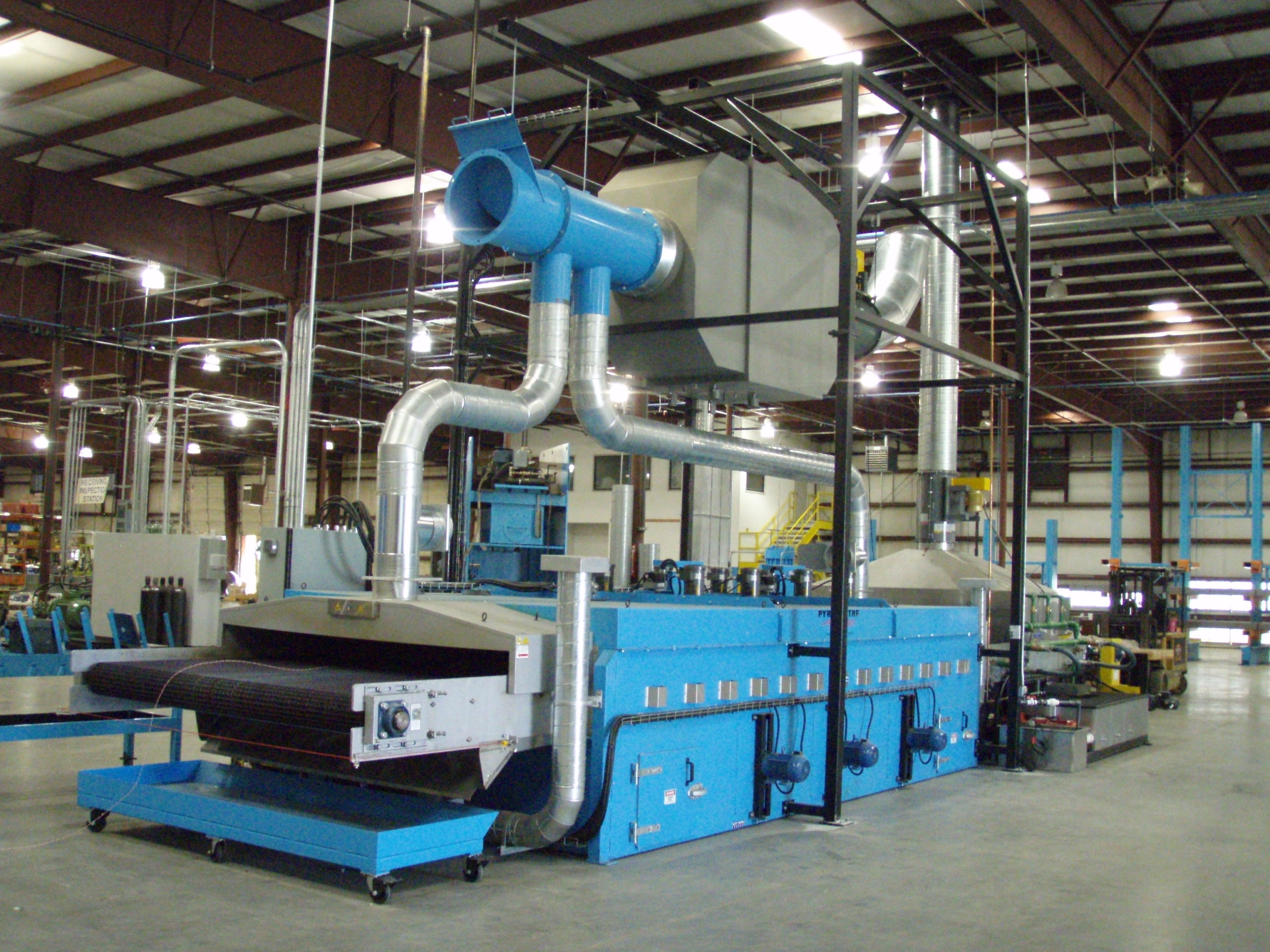
If you’re like me, you might be wondering why special management philosophy is needed to achieve such a common-sense goal. The answer might just be that manufacturing has not changed, but the market it serves has. Craft production is the popular term used to describe the origins of manufacturing, Skilled craftsmen fit parts or components at assembly. Everything produced was essentially one of a kind. In the early 1900’s Henry Ford is credited with the development of mass production; this was essentially the development of common gauging standards used to eliminate fitting by skilled craftsmen.
Evolution of Lean Manufacturing
What change occurred that made mass production a term of historical reference? We, the market, changed. As the old saying goes, variety is the spice of life, and that is exactly what competition in our free-market society has delivered. Our craving for variety has had a significantly negative impact on the market share of mass producers. As was the case with mass production, the automotive sector is the breeding ground of Lean Manufacturing
The development of Lean Manufacturing is credited to Taiichi Ohno of Toyota. Therefore lean manufacturing is synonymous with the Toyota Production System (TPS). Its development is simply an evolution that occurred in a specific environment. Ironically, the U.S. government played a role in defining that environment. Toyota had a workforce it could not reduce, a market that demanded variety, fixed floor space and limited finances. To be successful in this environment, Toyota had to identify a new model of manufacturing. How fortunate that today’s manufacturing environment is nearly identical to that of post-WWII Japan
Buzzword Bingo
The terms associated with lean manufacturing remind me of IBM’s Buzzword Bingo commercial, only broadcast in Japan.
- Muda – elimination of waste or nonvalue-added processes
- Muri – overburden or unreasonableness, standardized work
- Poka-yoke – mistake proofing
- Mura – smoothness or flow of work, just-in-time (JIT)
- Kanban – Visual indication, pull system
- Kaizen – continuous improvement, the “5 Whys”
These buzzwords represent the six primary areas of focus or the measure to improve one manufacturing process.
Six Sigma is often associated with lean manufacturing, but it is an independent statistical process measurement and management tool implemented to reduce or eliminate process variation.
The Soak -Time Myth
Is soak time a necessary process required to produce the desired metallurgical properties- full transformation to tempered martensite? Is soak time merely a poka yoke devised to compensate for varying furnace designs or the myriad of loading/ processing arrangements? Is soak time muda, and can it be eliminated?
Necessary
Tempering, like many manufacturing processes, has its fair share of rules of thumb. One such handy rule is one hour per inch of cross section. This nice linear relationship is easy to remember, but this is clearly not a rule based in science. If it were, how would you explain induction tempering?
In 1945, Hollomon and Jaffe published their works to describe the time-temperature relationship of tempering. Their Hollomon-Jaffe[1] tempering parameter depicts the correlation of change in hardness of martensite in steel as a function of temperature and time. The rate of carbide growth or coalescence from martensite, which produces the decrease in hardness during the tempering process, is affected by both time and temperature.
Pyromaitre has integrated the work of Hollomon-Jaffe and Larson-Miller into our proprietary Pyrograph™ heat-transfer simulation software (Figure 2). The program is based on Heisler unsteady heat transfer in cylindrical body formulas, and it gives a graphical representation of the temperature gain at the surface and at the core of a cylinder as a function of time and temperature in the furnace. For carbon and low-alloyed steels, the application will calculate the as-tempered hardness for your simulated recipe. It has proved to be a valuable process-development tool for our customers.
Poka-Yoke
A tempering oven is a heat-transfer machine, yet, in current practice, ovens are standardized around a heat- or temperature-uniformity procedure. There is no true standard procedure for heat transfer measurement. Soaking at temperature is merely the mistake-proofing method, or poka-yoke, for making heat transfer uniform.
A conventional batch oven is probably the best example to illustrate why soak time is a poka-yoke. The parts on the outside edges of the load come up to temperature significantly faster than those in the center of the load (Fig. 3). This delta T during the heat-up can be several hundreds of degrees, and there is typically no indication when the parts in the center of the load have reached set point.
Oven design, type, age and manufacturer, as well as loading density and method, are all factors impacting heat transfer. Wasteful excess time is merely the equalizer.
Muda
It becomes quite clear that soak time is a non-value-added process, or muda. Eliminating this wasteful process and maximizing productivity and quality requires a bit more effort than simply touching the up arrow on your temperature controller. Precision is mandatory – not only precision of temperature uniformity but precision in repeatability of heat transfer rates. Furnace design is a key factor in the performance of the tempering process further down the Larson-Miller curve.
Lean and Green
What’s the next big movement in manufacturing? In the author’s humble opinion, it’s Lean and Green. Lean will expand beyond the manufacturing process to encompass complete business structures and processes. We envision a shift away from global trade of products to global trade of intellectual properties. We will begin to see more manufacturers shift to local manufacturing and/or assembly in each of the markets they serve. We might even see them advertise or tout the Green impacts of domestic manufacturing and their responsibility to their customer’s communities. You have been following Toyota, haven’t you?
